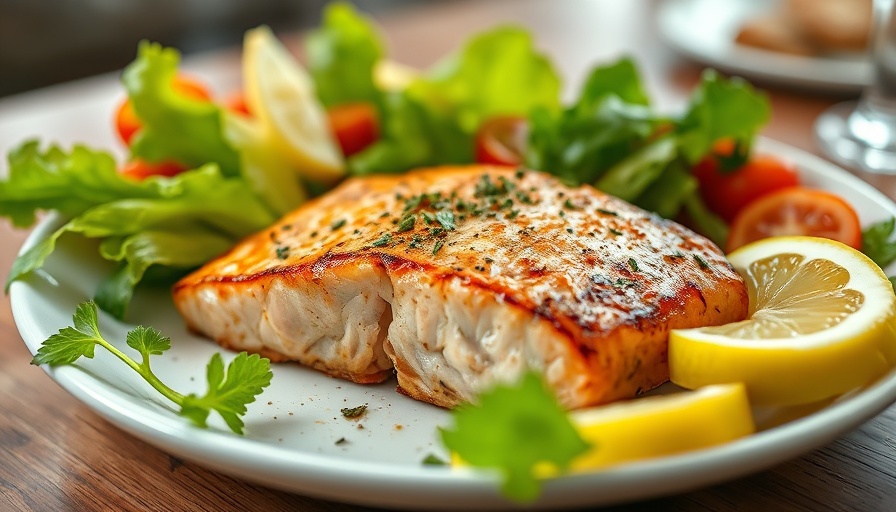
Hidden Dangers: Understanding Microplastics in Our Diet
Recent research has revealed a shocking reality: the food we consume may be laced with microscopic plastic particles that pose serious health risks. According to a new animal study presented at NUTRITION 2025, these plastics—specifically nanoplastics found in food and beverages—could interfere with our metabolic processes, highlighting a significant public health concern.
The Alarming Presence of Microplastics
Every year, it is estimated that an average person ingests between 40,000 and 50,000 microplastics, with some reports suggesting exposure could be as high as 10 million particles annually. Microplastics enter our diet primarily through seafood and food packaging, breaking down into particles less than 5 mm in size. Researchers at the University of California, Davis, have been investigating these particles, particularly focusing on polystyrene, a common plastic used in food packaging.
How Do Microplastics Affect Our Health?
The findings from the animal studies conducted by doctoral candidate Amy Parkhurst and her colleagues are particularly concerning. Male mice that consumed polystyrene nanoparticles displayed significant health issues, including glucose intolerance and signs of liver injury, alongside increased gut permeability. These results indicate that nanoplastics may disrupt normal metabolic functions, leading to long-term health implications for humans.
Implications for Public Health Policy
Parkhurst emphasizes the urgency for additional studies to comprehensively understand the risks posed by microplastics, suggesting that robust scientific evidence could drive policy change regarding their regulation. As these particles continue to infiltrate our diets, our understanding of their health impacts remains incomplete, necessitating further investigation into their physiological effects.
Rising Health Awareness and Activism
Awareness around health and wellness continues to grow, particularly concerning the safety of our food supplies. Events centered on health and wellness in cities like San Antonio have been increasingly focused on educating the public about food safety and nutrition. Local businesses and wellness centers are emphasizing the importance of consuming naturally healthy foods free from harmful additives like microplastics.
Taking Action: What Can We Do?
As individuals, we can take proactive measures to limit exposure to microplastics. Here are a few recommendations:
- Choose organic foods whenever possible, as they may contain fewer harmful substances.
- Reduce consumption of packaged foods, particularly those that use plastic packaging.
- Support local farms and markets where fresh produce is sold without plastic wrapping.
Future Directions in Research
As researchers continue to examine the ramifications of plastic consumption on health, understanding the scope and scale of the problem becomes crucial. Further investigations will reveal not only how microplastics affect animal health but also how they might impact human health over the long term. Awareness initiatives and research will be key in forming a comprehensive approach to tackle these risks.
Conclusion: A Call for Awareness
In light of these revelations, it’s vital for consumers to remain informed about the potential dangers lurking in everyday foods. By staying educated and advocating for safer food practices, we can collectively push for a healthier community. Be proactive about your health and wellness—consider how the choices you make may impact both your personal well-being and the broader ecosystem.
 Add Row
Add Row  Add
Add 




 Add Row
Add Row  Add
Add 


Write A Comment